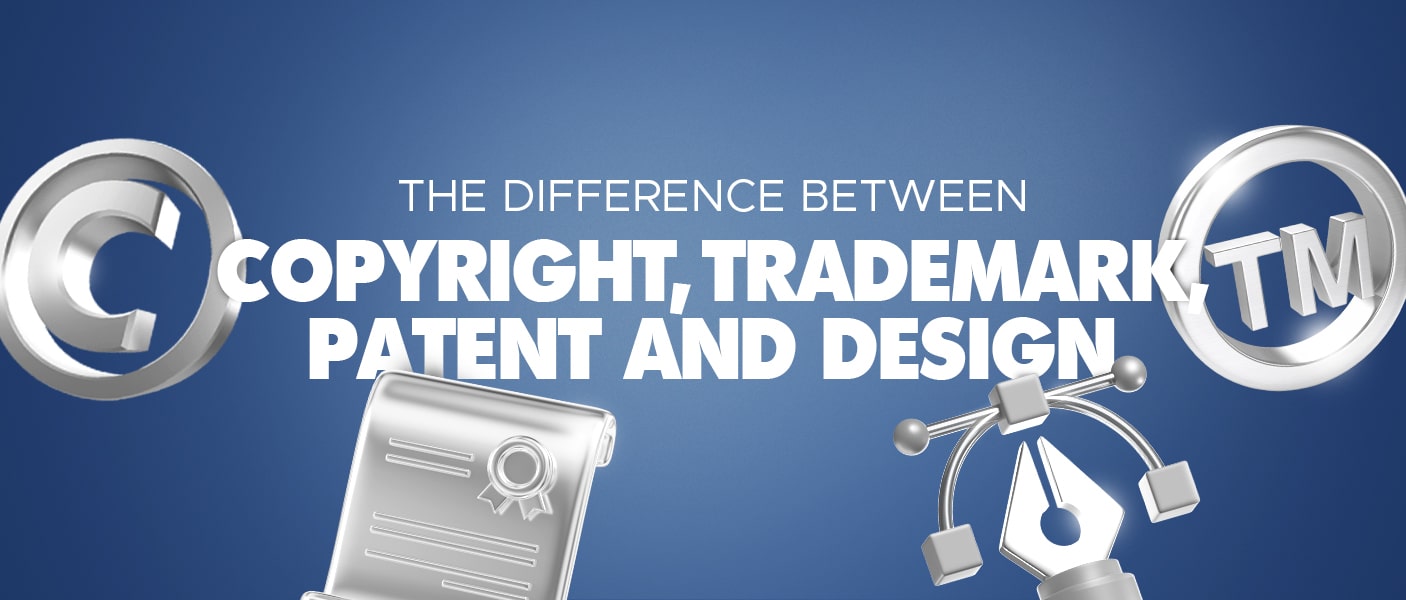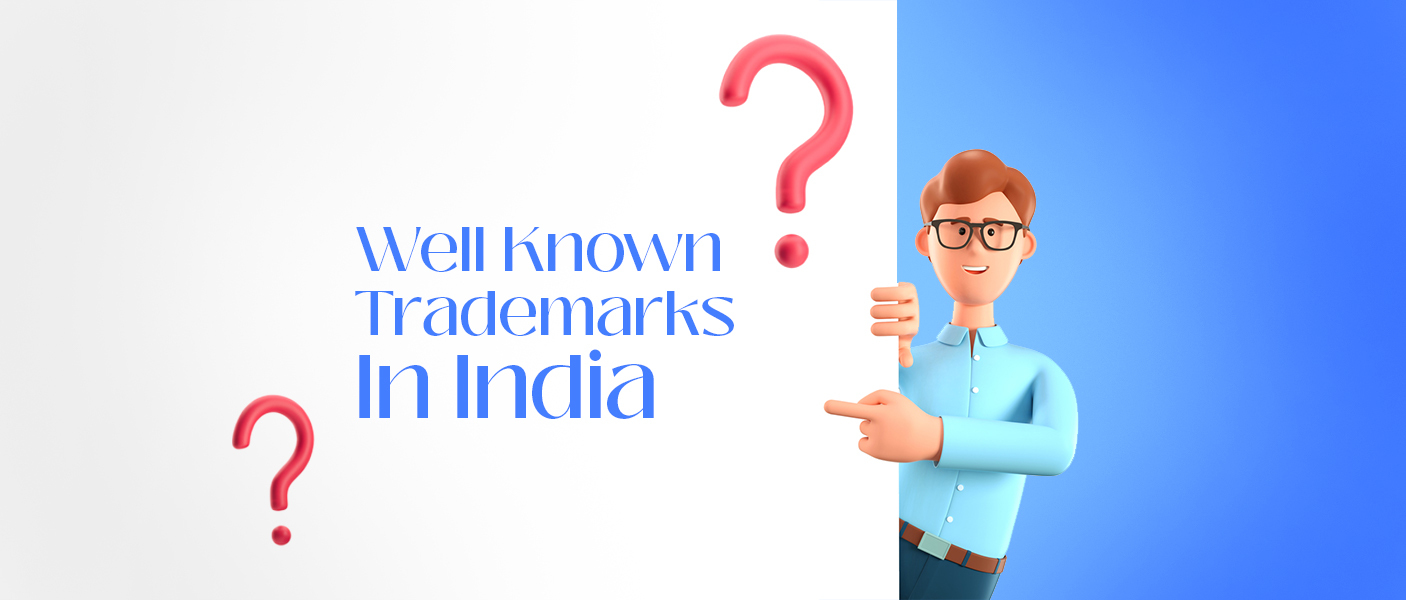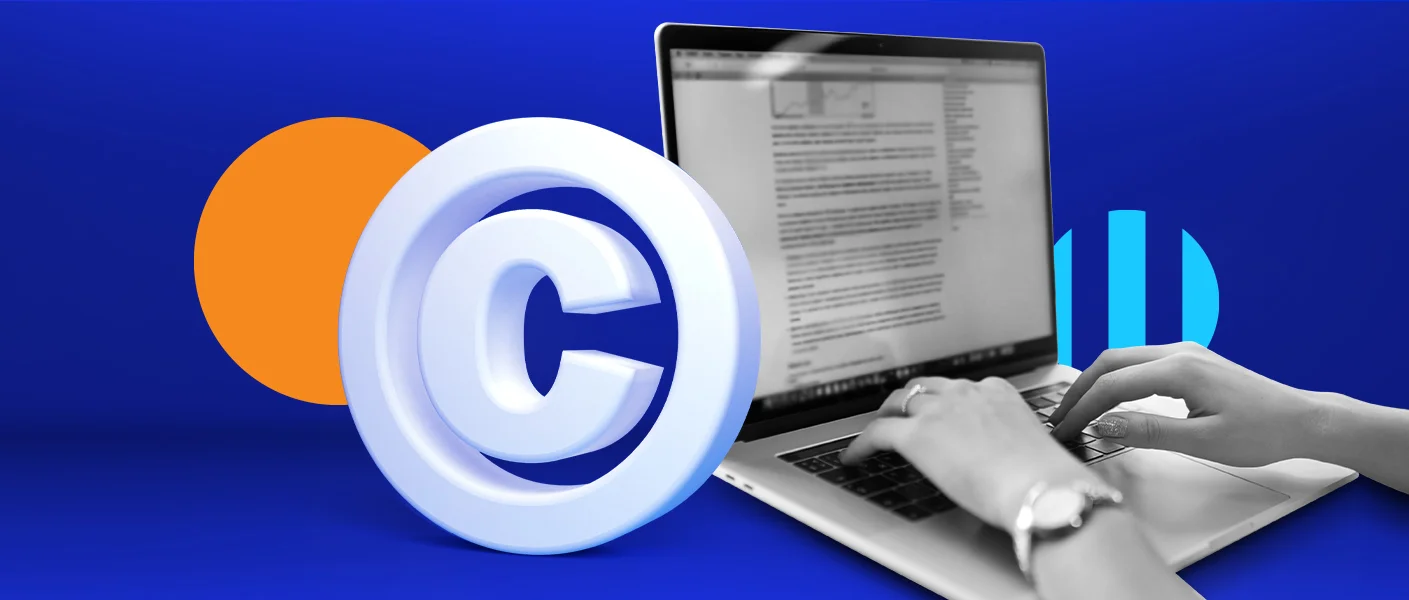Understanding the Difference Between Copyright, Trademark, Patent, and Design
June 9, 2025 By Sonal BhattIntellectual property (IP) is a cornerstone of modern business, creativity, and innovation. It encompasses various legal protections for creations of the mind, ensuring that creators, inventors, and businesses can safeguard their work and reap the benefits of their efforts. Four major types of IP protection are copyright, trademark, patent, and design. Each serves a distinct purpose and offers unique benefits. This blog will clarify the distinctions, with a special focus on the Difference Between Copyright and Patent and the Difference Between Trademark and Patent.
What is Copyright?
Copyright protects original creative works such as literature, music, films, art, and software. It grants creators exclusive rights to use, reproduce, distribute, display, and adapt their works. Copyright arises automatically upon the creation of a qualifying work; registration is not mandatory, though it strengthens legal claims.
Key Points:
Scope: Literary, artistic, musical, and dramatic works
Duration: Typically lasts for the creator’s lifetime plus 70 years
Protection: Prevents unauthorized copying, adaptation, or distribution of the work
Registration: Not required, but recommended for legal enforcement
What is a Trademark?
A trademark is a distinctive sign, logo, word, phrase, or symbol that identifies and distinguishes the goods or services of one business from those of others. Trademarks protect brand identity and help consumers recognize the source of products or services.
Key Points:
Scope: Brand names, logos, slogans, packaging, and even sounds or colors
Duration: Registered trademarks can last indefinitely if renewed every 10 years
Protection: Guards against brand infringement and misuse by competitors
Registration: Strongest protection requires formal registration, though some rights exist through use
What is a Patent?
A patent protects new inventions, granting inventors exclusive rights to make, use, sell, or license their inventions for a limited period. Patents encourage innovation by rewarding inventors for their contributions.
Key Points:
Scope: Inventions, processes, machines, compositions of matter, and improvements
Types: Utility patents (functional inventions), design patents (ornamental designs), and plant patents (new plant varieties)
Duration: Typically 20 years from the filing date
Protection: Prevents others from making, using, or selling the invention without permission
Registration: Mandatory; involves a rigorous application and examination process
What is Design?
Design protection (often called a design patent or registered design) safeguards the unique visual appearance of a product, such as its shape, pattern, or ornamentation. It does not protect the functional aspects - only the aesthetic features.
Key Points:
Scope: Product shapes, surface patterns, packaging, and visual features
Duration: Varies by jurisdiction, often up to 15 years
Protection: Prevents unauthorized copying of the appearance of a product
Difference Between Copyright and Patent
| Aspect | Copyright | Patent |
| What it protects | Creative works (arts, music, literature) | Inventions, Processes, Technical Innovations |
| How it arises | Automatic upon creation | Requires a formal application and examination |
| Duration | Life of author + 70 years | 20 years from the filing date |
| Registration | Not Mandatory | Mandatory |
| Example | Novels, Songs, Paintings, Software, Logo | Machines, Pharmaceuticals, Software Algorithms |
Summary:
Copyright protects the expression of ideas (such as a novel or painting), while a patent protects new inventions or technical solutions (such as a new type of engine or drug). The application processes, duration of protection, and subject matter are fundamentally different.
Difference Between Trademark and Patent
| Aspect | Trademark | Patent |
| What it protects | Brand identifiers (names, logos, slogans) | Inventions, Processes, Technical Innovations |
| Purpose | Distinguish goods/services in the market | Reward and protect inventors |
| Duration | Indefinite (with renewals) | 20 years from the filing date |
| Registration | Recommended for the strongest protection | Mandatory |
| Example | Nike’s Swoosh, Coca-Cola’s logo | iPhone Technology, New Drug Formula |
Summary:
A trademark protects the identity of a brand, ensuring customers can distinguish between products or services. A patent, on the other hand, protects the functional or technical aspects of an invention. While trademarks can last forever with renewals, patents have a limited term and require detailed disclosure of the invention.
On a concluding note:
In today’s competitive and innovation-driven world, understanding the distinctions between copyright, trademark, patent, and design is essential for creators, inventors, and businesses alike. Each form of intellectual property protection serves a unique and vital purpose:
Copyright safeguards the creative expression found in art, literature, music, and other original works.
Trademarks protect the distinctive identity of brands, enabling consumers to recognize and trust products and services.
Patents reward inventors by granting exclusive rights to their technical innovations, fostering progress and encouraging investment in research and development.
Design covers the unique visual appearance of products, ensuring that the aesthetic aspects of creativity are also valued and protected.
By recognizing this as well as the Difference Between Copyright and Patent as well as the Difference Between Trademark and Patent, individuals and organizations can make informed decisions about how best to protect their intellectual property. This not only helps prevent unauthorized use and infringement but also maximizes the commercial value of their creations and innovations.
Ultimately, a clear understanding of these protections empowers creators and businesses to thrive in a dynamic and ever-evolving marketplace. For expert guidance and comprehensive support with your intellectual property rights, contact Parker and Parker Advocates for all your IPR-related needs.





